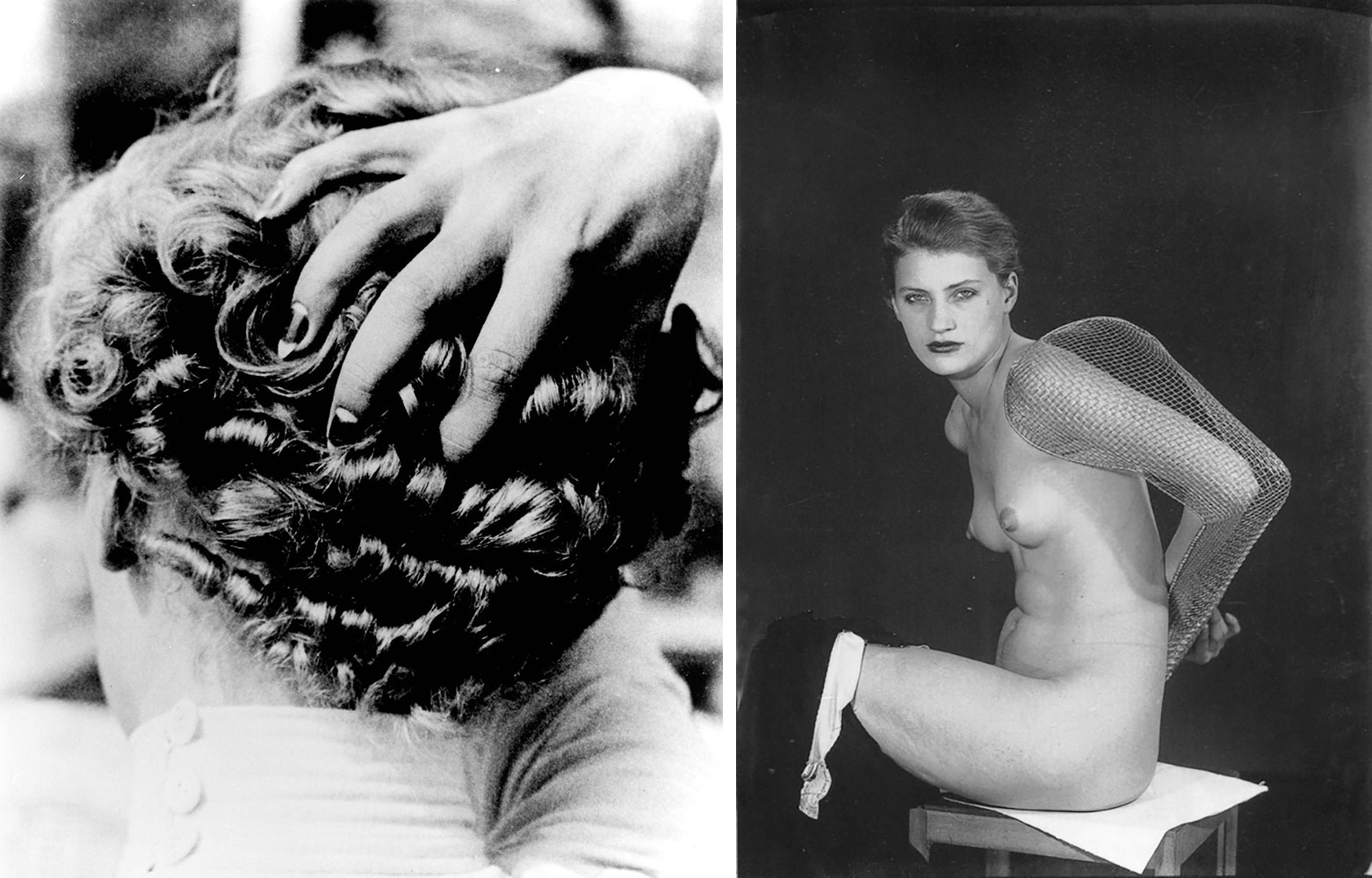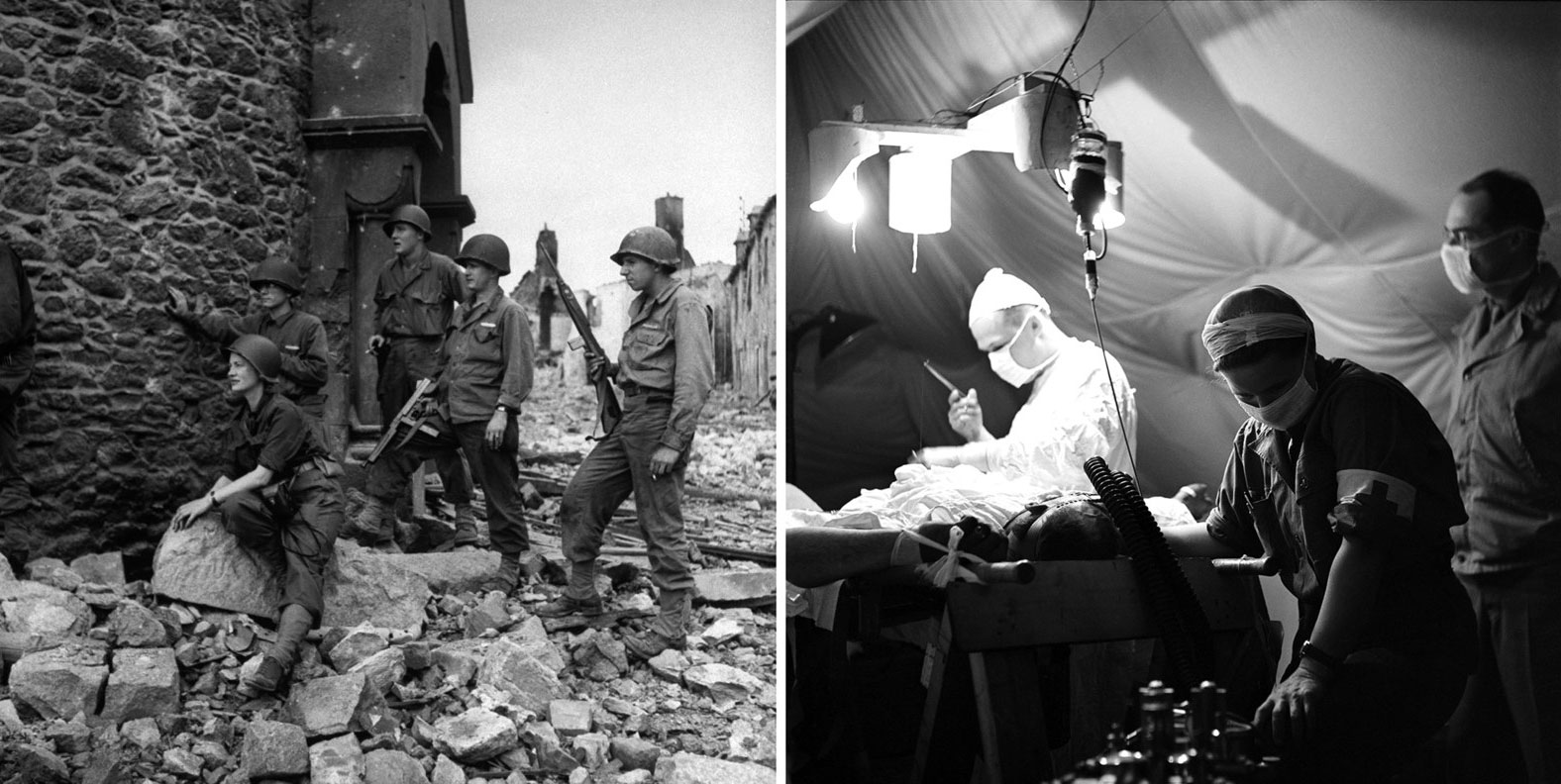PHOTO: Lee Miller
 Lee Miller (23/4/1907-21/7/1977), the daughter of Theodor Miller, is perhaps the one of the most famous women in history of contemporary art, as the famous photograph of Man Ray, the eyes with tears, depicting her eyes. Model, Photographer, War Correspondent, Photographer & Reviewer for the American Vogue, are some of the characteristics of her sensational personality, she was born 23 Arpil 1907 at the Poughkeepsie N. York and she died 21 July 1977 from cancer at Farley Farm House in Chiddingly, East Sussex, where Lady Penrose, the last years of her life, was dipped in depression and alcohol. She was cremated, and her ashes were spread through her herb garden at Farley Farm House.
Lee Miller (23/4/1907-21/7/1977), the daughter of Theodor Miller, is perhaps the one of the most famous women in history of contemporary art, as the famous photograph of Man Ray, the eyes with tears, depicting her eyes. Model, Photographer, War Correspondent, Photographer & Reviewer for the American Vogue, are some of the characteristics of her sensational personality, she was born 23 Arpil 1907 at the Poughkeepsie N. York and she died 21 July 1977 from cancer at Farley Farm House in Chiddingly, East Sussex, where Lady Penrose, the last years of her life, was dipped in depression and alcohol. She was cremated, and her ashes were spread through her herb garden at Farley Farm House.
By Efi Michalarou
Photo ‘’Lee Miller’’, Thames & Hudson Publ.
Her father, Theodore Miller, an engineer, inventor and businessman, introduced Lee and her brothers John and Erik to photography at an early age. She was his model, with many stereoscopic photographs taken of a teenage Lee in the nude and he also showed her technical aspects of the art. At age 19, she was stopped from walking in front of a car on a Manhattan street by the publisher of Vogue, Condé Nast, thus launching her modeling career. For the next two years she was one of the most sought-after models in New York, photographed by leading fashion photographers including Edward Steichen, Arnold Genthe, Nickolas Muray and George Hoyningen-Huene. In 1929, Miller traveled to Paris with the intention of apprenticing herself to the surrealist artist and photographer Man Ray. Although, at first, he insisted that he did not take students, Miller soon became his model and co-collaborator, as well as his lover and muse. While she was in Paris, she began her own photographic studio, often taking over Man Ray’s fashion assignments to enable him to concentrate on his painting. In fact, many of the photographs taken during this period and credited to Man Ray were actually taken by Miller. Together with Man Ray, she rediscovered the photographic technique of solarisation. She was an active participant in the surrealist movement, with her witty and humorous images. Amongst her circle of friends were Pablo Picasso, Paul Éluard, and Jean Cocteau. After leaving Man Ray and Paris in 1932, she returned to New York and established a portrait and commercial photography studio with her brother Erik as her darkroom assistant. During this year she was included in the “Modern European Photography” exhibition at the Julien Levy Gallery in New York. In 1933, Levy gave Miller the only solo exhibition of her life. In 1934, she abandoned her studio to marry Egyptian businessman, Aziz Eloui Bey. Although she did not work as a professional photographer during this period, the photographs she took while living in Egypt with Eloui, including Portrait of Space, are regarded as some of her most striking surrealist images. By 1937, Miller had grown bored with her life in Cairo and she returned to Paris, where she met the British surrealist painter and curator Roland Penrose, whom she later would marry. Her photographs were not included in another exhibition until 1955, when her work was displayed with “The Family of Man” exhibition at the Museum of Modern Art in New York City. At the outbreak of World War II, Miller was living in Hampstead in London with Roland Penrose when the bombing of the city began. Ignoring pleas from friends and family to return to the US, Miller embarked on a new career in photojournalism as the official war photographer for Vogue. Miller was accredited into the U.S. Army as a war correspondent for Condé Nast Publications from December 1942. She teamed up with the American photographer David E. Scherman, a LIFE correspondent on many assignments. Miller traveled to France less than a month after D-Day and recorded the first use of napalm at the siege of St. Malo, the liberation of Paris, the battle for Alsace, and the horror of the Nazi concentration camps at Buchenwald and Dachau. One photograph by Scherman of Miller in the bathtub of Adolf Hitler’s apartment in Munich is one of the most iconic images from the Miller–Scherman partnership. During this time, Miller photographed dying children in a Vienna Hospital, peasant life in post-war Hungary, and finally, the execution of Prime Minister László Bárdossy. After the war, she continued to work for Vogue for a further two years, covering fashion and celebrities. After the End of the War, she continues to work for two years at Vogue covering fashion and fashionable while she makes a turning point in her career and in 1948, she covered not only photographically the Venice Biennale, but starts to review art. After returning to Britain from central Europe, Miller started to suffer from severe episodes of clinical depression and what later became known as post-traumatic stress syndrome. She began to drink heavily, and became uncertain about her future. In 1946, she traveled with Roland to the United States, where she visited Man Ray in California. After she discovered she was pregnant with her only son, Antony, she divorced Bey and, on May 3, 1947, married Roland. In 1949, they bought Farley Farm House in East Sussex. During the 1950s and 1960s, Farley Farm became a sort of artistic Mecca for visiting artists such as Picasso, Man Ray, Henry Moore, Eileen Agar, Jean Dubuffet, Dorothea Tanning, and Max Ernst.
Lee Miller was investigated by the British security service MI5 during the 1940s and 50s, on suspicion of being a Soviet spy.











